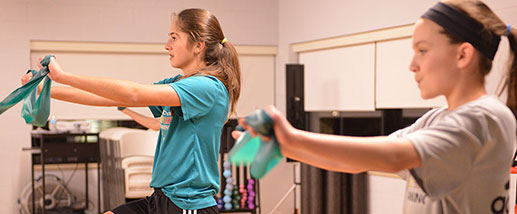Authorship

There are three main areas to consider as an author after your data collection is complete, and those are copyright, ethics and peer-review.
Copyright
- Definition: Copyright is a bundle of rights, including the right to make copies, distribute the work, prepare derivative works, publicly perform or display the work, and license any of the above to third parties.
- Remember copyright is yours as an author until you give it away. You can often negotiate with the publisher what parts you can give them and what parts you can keep. Often, publishers main concern is that they have the right for first publication.
- SHERPA-RoMEO: Publisher copyright policies and self-archiving: Use this resource to identify publications that allow you to reuse your publications or to see how flexible a publication will be in negotiating your copyright.
- Scholar's Copyright Addendum Engine: Use this resource to quickly generate an addendum to publishers standard agreements. There are basically three options you can chose for keeping parts of that bundle:
- Access/Reuse allows you and your readers to reuse your work
- Immediate Access allows only you as the author to reuse your work
- Delayed Access allows you to share the published version after 3 months. You may share other post-publication (after peer-review) versions though.
Ethics
There are many aspects of a responsible and ethical research publication (see COPE Committee on Publishing Ethics, a trusted publishing ethics website):
- Transparency: Principles of Transparency and Best Practice in Scholarly Publishing (PDF, 147KB)
- Honesty, Balance, Originality, and Soundness: International Standards for Authors
- Author recognition: "Beyond authorship: attribution, contribution, collaboration, and credit" (PDF, 279KB)
- Conflicts of interest: must be stated typically at the end of the article.
- Peer Review: Peer-reviewed articles have been through a rigorous review process, often including revisions to the original manuscript, by peers in their discipline, before publication in a scholarly journal. There are a couple of ways you can tell if a journal is peer-reviewed:
- If it's online, go to the journal home page and check under About This Journal. Often the brief description of the journal will note that it is peer-reviewed or refereed or will list the Editors or Editorial Board.
- A journal can be refereed/peer-reviewed and still have non-peer reviewed articles in it. Generally if the article is an editorial, brief news item or short communication, it's not been through the full peer-review process.
Further Reading
Contact Us
- Caralee Witteveen-Lane at Caralee.witteveen-lane@trinity-health.org or 616-685-6243



